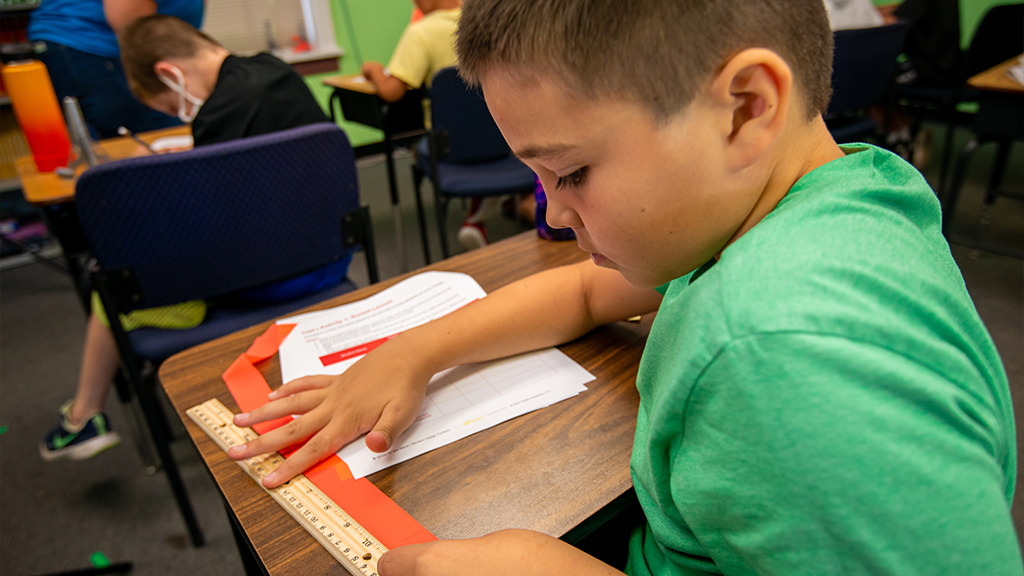Elementary | Daily Do
How Can We Predict and Measure Weather Conditions at our Launch Site to Recommend a Safe Launch Date?

Lesson Snapshot
Elementary students as scientists investigate patterns in local weather and climate data to answer the following driving question: How can we predict and measure weather conditions at our launch site to recommend a safe launch date? Students compare their recollections of the weather at specific times of the year with weather predictions and weather and climate data. Students consider the importance of accurate weather forecasts and how to ensure they have accurate local weather data on the day of their launch. Students learn how weather forecasts are made and figure out how to measure wind speed and cloud cover in preparation for launching their model rockets. Finally, students use all the information and data they encountered in Lessons 1 and 2 to make a recommendation about the safest time of year to launch a model rocket in their area.
Click the Download PDF button above for the complete Lesson Plan.
Materials
Student Materials
Per Student
- Notebook to gather weather data
Per Small Group (2 to 4 students)
Teacher Materials
- Blank paper labeled with the months of the year (one per student)
- Digital Handheld Anemometer
- weather.gov: Observed Past 3 Days
- weather.gov: Weather Story – Chicago (sample prediction)
- UCAR: Dog Walking Weather and Climate Video
- NOAA SciJinks: Predicting the Weather
- NOAA SciJinks: How a Weather Forecast is Made
- National Association of Rocketry (NAR): Model Rocket Safety Code
- Local climate data resource: climatestotravel.com: Local Climate Data






